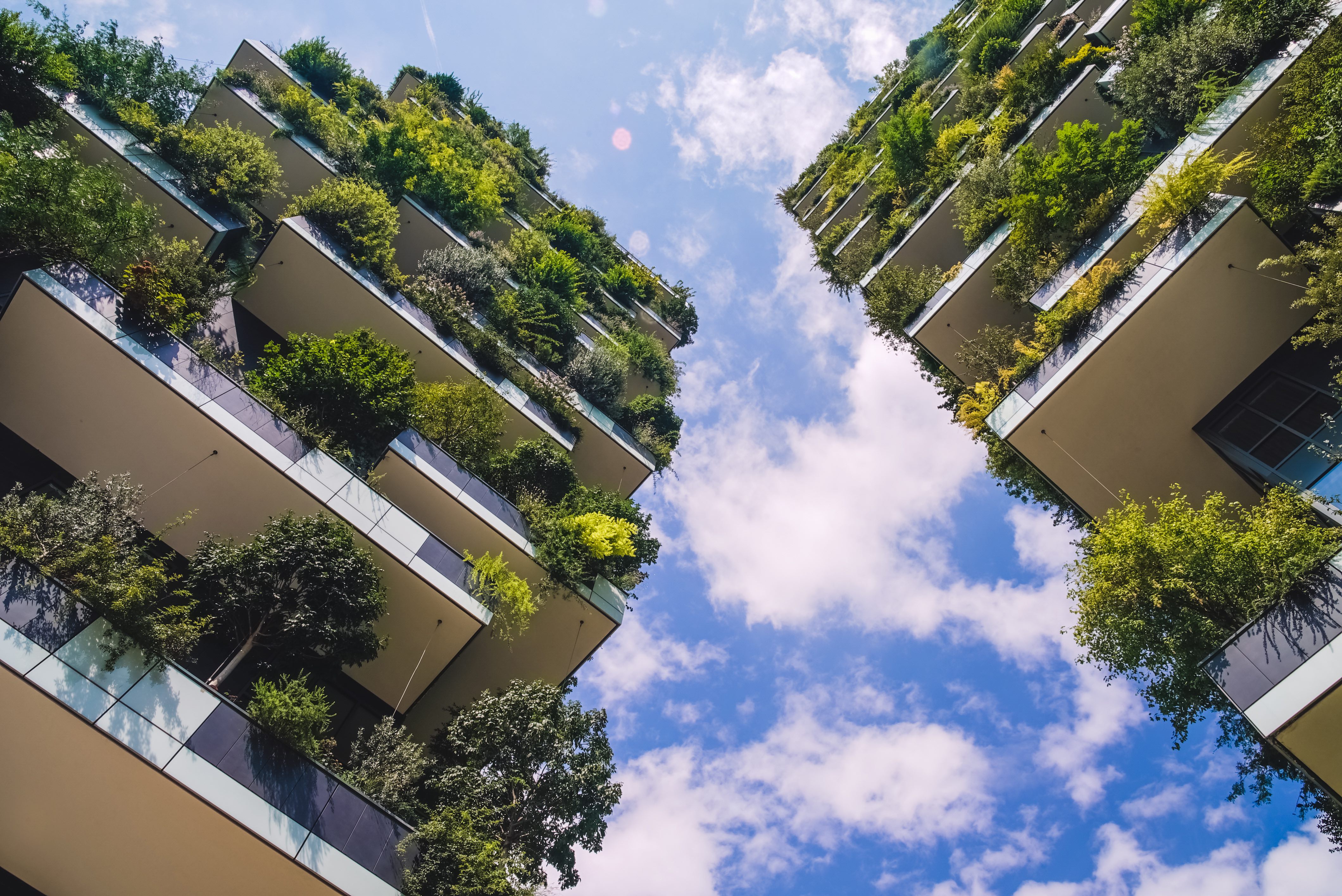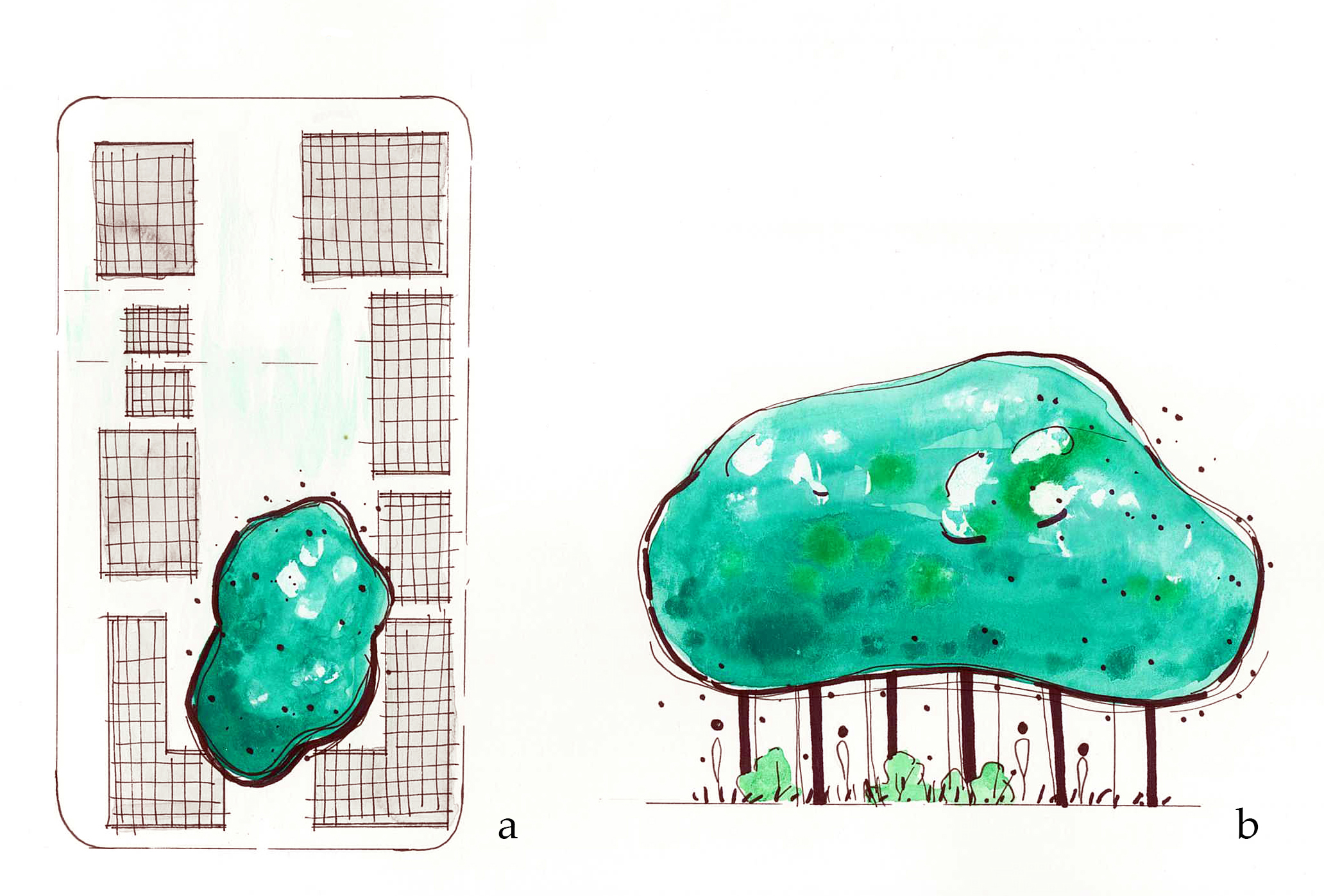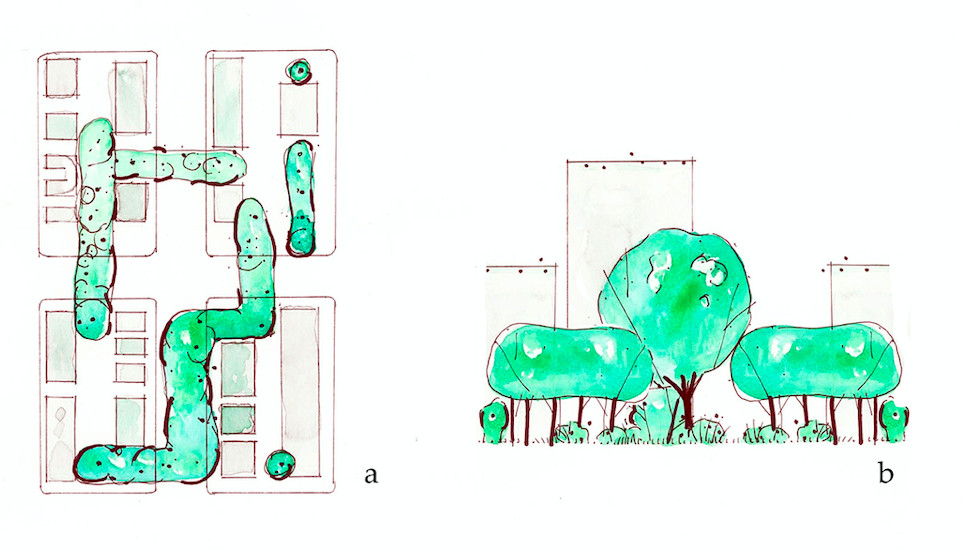
Sciences & Technology
Protecting our thirsty urban trees from more harsh summers

Urban greening is emerging as a key part of the solution to some of our major health and environmental challenges. Providing nearby nature offers a surprising range of co-benefits
Published 3 December 2019
Cities around the world are facing major challenges. Industrialised nations are experiencing epidemics of chronic diseases like diabetes, cardio-vascular disease and dementia, and it would be all too easy to give up hope of finding solutions.
But there is positive news.

A growing body of research reveals that spending time outdoors in and around trees, parks and gardens can boost our physical and mental health and help prevent a wide range of diseases.
And just as multiple short bursts of physical activity can have the same benefits as one long exercise session, micro-doses of nature throughout the day really add up.

Sciences & Technology
Protecting our thirsty urban trees from more harsh summers
At the same time, climate change is altering everyday lives. Elevated temperatures and reduced air quality can trigger health concerns like heat stress and asthma.
Australia is expected to endure more extremely hot days in the future, making heatwaves like the one experienced in Melbourne in January 2014 more common.
Studies across multiple decades outline the contributions of urban greening to improving our well-being and reducing urban heat. But we found little work was being done to translate research findings into practical interventions that communities can incorporate into their local environments.
We found a need for practical evidence-based solutions that can be used by the people responsible for managing our urban spaces, including local government, developers or managers of large institutional campuses.
We have assembled a set of eight scalable evidence-based urban greening interventions designed to increase urban green exposure during a typical day.

These include time spent indoors and traveling between buildings and casual time outdoors. These guidelines emphasise the use of city trees, as science shows that large scale vegetation offers the best benefits.
These interventions, outlined below, can be used by anyone interested in improving quality of life at the community and neighbourhood scale.

Environment
Building cities for a changing climate
1. View from Within
Consider the view from within the building when implementing urban greening. Studies show that green views from buildings have restorative benefits. This intervention emerged from several psychological studies that show reduced stress or increased focus when viewing green through windows. Greenery that shades windows will also reduce a building’s energy use.
2. Plant Entrances
Does the building entrance have a welcoming green frame? Green entrances allow all building visitors to experience some nature in their day. Studies also show that greenery near entrances increases social interactions.
This intervention was inspired by studies on the social benefits of greenery near entrances in social housing projects. It was also inspired by the concept of Eco-acupuncture – the idea that small interventions can make large ripples through urban fabric.
Green entrances can also clean and cool air before it enters a building.

3. Bring Nature Nearby
Are there spaces near your building where people can relax while surrounded by plants? Nearby greenspaces provide opportunities for those with limited mobility or time to take a break near nature. This intervention was inspired by recent studies showing more positive birth outcomes from nature close to home.
Having small green spaces throughout a community can also help manage local stormwater.

Arts & Culture
Connecting to Country through architecture
4. Retain the Mature
When designing a landscape, it is important to keep older trees that provide aesthetic and emotional benefits. Studies show that people have a heightened response to large, mature trees.
This intervention was inspired by our ongoing research in a new suburban community where residents spoke about the loss of mature trees, and how they felt they hadn’t “made it” as a community because their neighbourhood lacked large canopy trees.
Large trees also provide exponentially higher ecosystem services like air filtering, cooling and CO2 removal, than small trees.
5. Generate Diversity
Have you measured the diversity of your landscape plants? Diverse plantings are more resilient to changes in climate and to new pests and diseases. Planting a diverse range of tree species protects against forest health risks and also provides aesthetic benefits.
Though a wide range of species is recommended, we need to be careful about using species that fall into the ecosystem disservices category, like high pollen producing trees that can affect people with allergies.

6. Create Refuge
It is important to ensure there is enough green shade to protect everyone during an extreme heat event. The shade from a large area of continuous canopy provides shelter during a heat wave. Studies have also shown that large groups of trees provide higher cooling benefits than smaller trees.
7. Connect Experiences

Environment
Podcast: How do we become an ecocity?
Can people walk continuously along a shaded pathway? Having a continuous pleasant walking area can increase physical activity and green routes can be inviting and encourage recovery from disease. Recent work in Australia is mapping shadeways through neighbourhoods to promote cool walking routes during summertime.
8. Optimise Green Infrastructure
Finally, our changing climate means there is increasing need for adequate green and permeable spaces to allow stormwater runoff to escape. Recent studies have found that 40 per cent canopy cover makes an important contribution to urban cooling and to further reduces stress.
Finding space for these necessary green spaces and dedicating areas to grow healthy trees benefits everyone! But to be successful developers, councils and community need to work together to green our modern cities.
Banner: Shutterstock